The 4 core website pages your site needs
We will provide comments on the four types of website pages your website should have.

The 4 core website pages your site needs
An impressive 92% of business owners view their website as their “most effective digital marketing strategy”. And it’s worth prioritising. A professionally designed site is your area of the internet to engage with potential customers and clients. It doesn’t matter what time of the day it is. They can visit your website and find out key information.
A website brings many benefits including:
- Raising awareness of your business
- Building trust and your reputation as a brand
- Showcasing how your products/services have benefitted others
- Answering visitors’ questions with helpful information.
This sounds promising and it is … until you sit down to decide what information will appear on which web pages. Then, you suddenly hear crickets. What seemed initially like an easy ‘DIY’ project now seems out of reach.
However, as we’ll demonstrate in this blog, the following four types of website pages are a good starting point. Discover what they are, what information should feature there and why they are a sound investment.

1. A welcoming ‘Homepage’
Often the first thing a potential visitor will see when arriving at your website is the homepage. Perhaps they have seen your business mentioned in printed marketing materials or entered the URL listed on your business card. However they find you, a multi-tasking homepage is your chance to make a great first impression.
This website page needs to be succinct to avoid potential customers exiting your site before they understand your business. Note that 97% of customers cite the influence of a website on their buying decisions. We recommend keeping bounce rates low and avoid prospects moving to your competitors’ websites with certain features.
Essential homepage ‘ingredients’
We highly advise starting with an eye-catching summary and action button ‘above the fold’. Craft an eye-catching summary stating who you are, what you do, who you can help and how it will benefit the reader. Keeping this key information ‘above the fold’ means it is fully visible at the top of your site (without scrolling). There could be a call-to-action button included, enhanced with on brand images to reinforce the nature of your business.
Followed by an introductory section summarising your business, its philosophy, work and history, you can draw visitors in. Another call-to-action button encourages them to explore other pages and learn more about your company.
Keep it brief, include keywords for SEO and adopt a written tone of voice that reflects your business personality. Add images and colourful blocks. No one appreciates facing a wall of text and this can become a hurdle to receiving their business.
Other possible content to include on your homepage includes:
- A helpful lead magnet (in exchange for their email address)
- Links to a portfolio or online product catalogue
- Testimonial snippets or review widgets
- Links to successful case studies.
Overall, this website page gives potential customers or clients a taste of who your company is and how it helps others.
2. A customer-focused ‘About’ page
What I’m about to say might seem counter-intuitive, but this website page is not strictly about your business. It should focus mainly on telling the reader how the wealth of your offer will benefit them or their business, such as your:
- Personnel
- Services
- Products
- Values
- Company tagline
- Knowledge
- Certifications
- Memberships.
Echoing the heading and subheading on your home page, an ‘About’ page gives you space for one thing. Convincing the user why you stand out in the market as their number one choice. This will vary depending on the nature of your business, but consider highlighting the benefits of everything you mention.
Established locally trusted names can celebrate their heritage and the ways this helps them deliver for customers. Whereas, new businesses can describe what has driven them to start their business to power positive change. This is your place to share any awards and achievements – relating these to how it benefits your target customer/client.
Don’t forget the visuals
Attract (and lead) the eye with elements that are not only attractive, but tell your story and how you will help customers.
You could feature:
- Photos of your office, shop or site
- Bios of the people in your team
- A video summarising how the business will benefit customers/clients.
Warm your leads (website visitors) with convincing content that is linked to solving their problems or supporting their ambitions.

3. An informative ‘Services’ page
A ‘Services’ page (or section) is your opportunity to promote your services to those looking to invest their money and trust. Often arriving there from other parts of your website, this website page details how they can work with you.
Service-based businesses
Break down what they will receive for each service that they order. Some businesses package a number of complementary services together for ease. Don’t forget to show these. Express what they can expect from you in clear terms. Adding bullet points helps here. Whilst client testimonials reinforce the trust. If they can see that your services have helped others, they will move further down your sales funnel.
Product-based businesses
The online shop sections of your website can similarly win over undecided customers with visually appealing photographs and persuasive product descriptions. Built with plugins such as WooCommerce, you can display customer reviews of products and detail what they will receive.
4. A compelling ‘Contact Us’ page
All roads to lead Rome … or ideally your website contact page.
This essential area is what the rest of a service-based site has been leading to on other website pages. Telling interested clients how they can get in touch with you (after warming them stunning design and tailored copy) matters. Indeed, 44% of internet users are eager to leave a company’s website if no contact information is shown.
Start the page with a section that reminds visitors how you can help them. Then include your telephone number, the most relevant email address for enquiries and your business’ location. State a clear call-to-action as an invitation to contact you with any questions (or arrange a call).
Ensure all of the information is up-to-date and accurate. You don’t want to lose potentially lucrative conversations by directing them to outdated details.
Go beyond providing basic contact info
Many businesses also add their:
- Social media links
- Location (via a map)
- Contact form
- Online meeting scheduler
- WhatsApp number.
The journey through your website has been geared to them arriving here. Make visiting your site easy and enjoyable so they will follow the trail. This helps them make a well-informed decision that feels right for them.

Choose thefingerprint to steer your website’s development
If creating your website pages sounds overwhelming, know that we are here to help. We will design a powerful website for your business with these and other relevant pages. Contact thefingerprint (your award-winning full-service agency) or call +44 (0)7740 348 521 to discuss your needs, whether it is a website refresh or an upcoming launch you require.
If you are enjoying this article please read our blogs Why use premium hosting for your website?, Why use premium hosting for your website? or thefingerprint wins Design Agency of the Year for a third year!.




